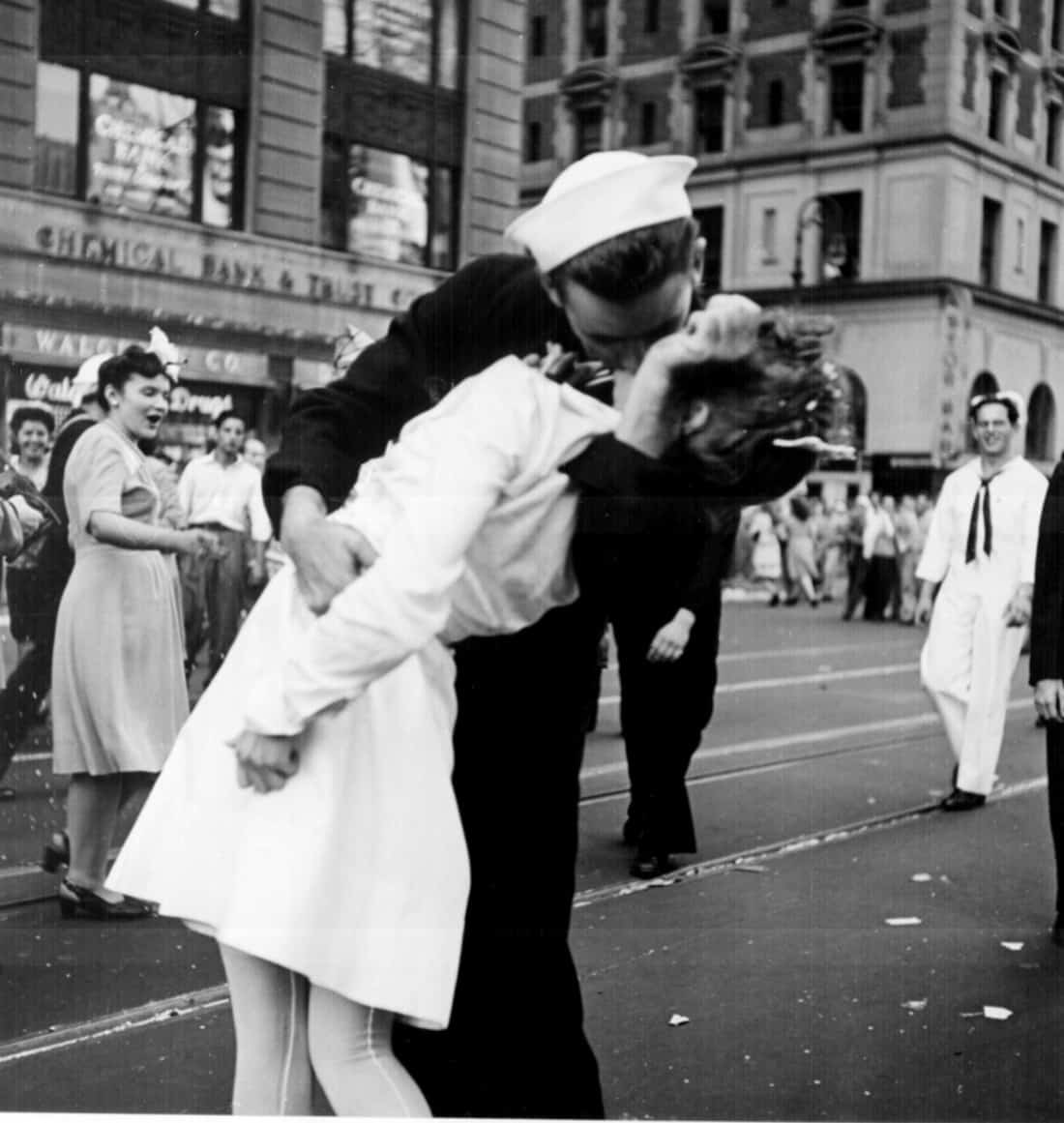Little Known Questions About Framing Streets.
Wiki Article
About Framing Streets
Table of ContentsSome Known Factual Statements About Framing Streets The Ultimate Guide To Framing StreetsThe 10-Minute Rule for Framing StreetsFraming Streets for BeginnersSee This Report on Framing StreetsNot known Details About Framing Streets
Photography genre "Crufts Pet Show 1968" by Tony Ray-Jones Road photography (also sometimes called candid photography) is digital photography carried out for art or query that features unmediated opportunity encounters and arbitrary incidents within public locations, usually with the goal of catching images at a definitive or poignant minute by cautious framing and timing. 
What Does Framing Streets Mean?
Susan Sontag, 1977 Road digital photography can focus on individuals and their habits in public. In this respect, the road professional photographer resembles social documentary photographers or photojournalists who additionally operate in public areas, but with the goal of recording relevant events. Any of these photographers' pictures may capture individuals and residential or commercial property visible within or from public areas, which frequently involves navigating honest concerns and legislations of personal privacy, protection, and residential or commercial property.Representations of daily public life form a category in practically every period of globe art, beginning in the pre-historic, Sumerian, Egyptian and very early Buddhist art periods. Art managing the life of the street, whether within sights of cityscapes, or as the leading motif, appears in the West in the canon of the Northern Renaissance, Baroque, Rococo, of Romanticism, Realistic look, Impressionism and Post-Impressionism.
Unknown Facts About Framing Streets
Louis Daguerre: "Boulevard du Holy place" (1838 or 1839) In 1838 or 1839 the initial photo of numbers in the road was videotaped by Louis-Jacques-Mand Daguerre in one of a set of daguerreotype sights extracted from his studio home window of the Blvd du Temple in Paris. The second, made at the elevation of the day, shows an unpopulated stretch of road, while the other was taken at about 8:00 am, and as Beaumont Newhall records, "The Blvd, so constantly loaded with a relocating throng of pedestrians and carriages was flawlessly singular, except a person that was having his boots brushed.As a result his boots and legs were well defined, but he is without body or head, due to the fact that these remained in movement." Charles Ngre, waterseller Charles Ngre. https://packersmovers.activeboard.com/t67151553/how-to-connect-canon-mg3620-printer-to-computer/?ts=1704869855&direction=prev&page=last#lastPostAnchor was the first digital photographer to obtain the technological refinement called for to register people in motion on the street in Paris in 1851. Photographer John Thomson, a Scotsman collaborating with reporter and social protestor Adolphe Smith, published Road Life in London in twelve monthly installations beginning in February 1877
Framing Streets Can Be Fun For Everyone
Eugene Atget is considered as a progenitor, not because he was the first of his kind, however as a result of the popularisation in the late 1920s of his document of Parisian roads by Berenice Abbott, who was influenced to carry out a similar documents of New York City. [] As the city created, Atget helped to advertise Parisian streets as a deserving subject for digital photography.
Some Known Questions About Framing Streets.
The chief Mass-Observationists were anthropologist Tom Harrisson in Bolton and poet Charles Madge in London, and their first record was created as the book "May the Twelfth: Mass-Observation Day-Surveys 1937 by over 2 hundred observers" [] Home window cleaner at Kottbusser Tor, Berlin, by Elsa Thiemann c. 1946 The post-war French Humanist School photographers located their topics on the road or in the restaurant. Between 1946 and 1957 Le Groupe des XV each year showed work of this kind. Andre Kertesz. Circus, Budapest, 19 May 1920 Road photography developed the significant content of 2 exhibits at the Gallery of Modern Art (Mo, MA) in New york city curated by Edward Steichen, 5 French Photographers: Brassai; Cartier-Bresson, investigate this site Doisneau, Ronis, Izis in 1951 to 1952, and Post-war European Photography in 1953, which exported the idea of road photography worldwide.
The smart Trick of Framing Streets That Nobody is Talking About
The recording machine was 'a covert cam', a 35 mm Contax concealed under his coat, that was 'strapped to the chest and attached to a long cable strung down the right sleeve'. His job had little modern effect as due to Evans' level of sensitivities concerning the creativity of his job and the privacy of his topics, it was not released until 1966, in the publication Many Are Called, with an introduction written by James Agee in 1940.Helen Levitt, after that an instructor of children, related to Evans in 193839. She documented the temporal chalk illustrations - 50mm street photography that became part of kids's road culture in New york city at the time, along with the children that made them. In July 1939, Mo, MA's brand-new photography area consisted of Levitt's work in its inaugural exhibitionRobert Frank's 1958 book,, was considerable; raw and typically indistinct, Frank's pictures questioned conventional digital photography of the time, "tested all the formal regulations laid down by Henri Cartier-Bresson and Pedestrian Evans" and "flew in the face of the wholesome pictorialism and sincere photojournalism of American magazines like LIFE and Time".
Report this wiki page